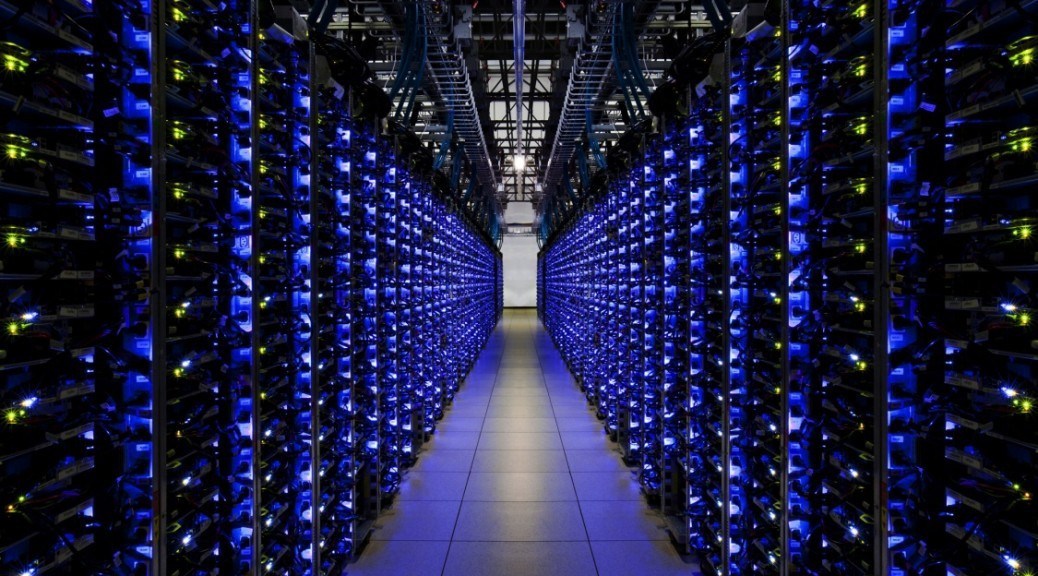Advancements in technology have revolutionized the field of architecture. Computer-aided design (CAD) software, 3D printing, and virtual reality tools have become integral to the design and visualization process. Fort Lauderdale architects use these technologies to create intricate models, simulate building performance, and present immersive experiences to clients. The integration of sustainable practices, such as green building materials and energy-efficient designs, further showcases the commitment of architects to creating a more environmentally conscious built environment.
Cultural Significance:
Architecture is a tangible expression of culture and history. Landmarks such as the Taj Mahal, the Eiffel Tower, and the Sydney Opera House stand as iconic symbols of their respective societies. Architects have the power to shape urban landscapes, influencing the way people experience and interact with their surroundings. From residential homes to civic structures, each building tells a unique story and contributes to the collective identity of a community.
Challenges and Future Trends:
Architects face a range of challenges, including meeting the demands of a rapidly growing global population, addressing climate change, and creating inclusive and accessible spaces. The future of architecture holds exciting possibilities, with a focus on sustainable design, smart cities, and innovative materials that push the boundaries of what is structurally possible.
Conclusion:
Architects are the silent artists who shape the world we inhabit. Their creations transcend mere functionality, becoming symbols of culture, history, and progress. As we continue to evolve, architects will play a pivotal role in designing spaces that not only meet our practical needs but also inspire and uplift the human spirit. In the intersection of art and science, architects craft the environments that define our world and leave a lasting legacy for generations to come.f




